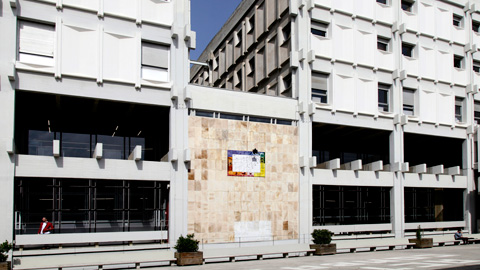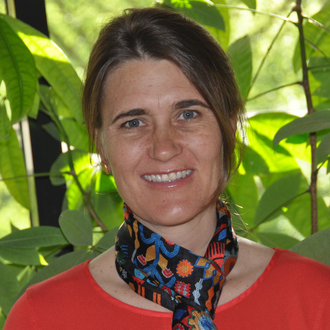
Irene Tiemann-Boege: From biased gene conversion to mutagenesis: DNA repair and its effect on meiotic recombination
During meiosis the maternal and paternal genetic material is exchanged in a highly regulated process known as meiotic recombination. Recombination is initiated by the formation of double strand-breaks (DSBs), and in most organisms it is clustered in narrow regions, called recombination hotspots. The repair of DSBs reshapes the nucleotide landscape at recombination hotspots and a high number of polymorphisms accumulate at hotspots over time. We still do not fully understand the exact molecular mechanism driving this sequence erosion at hotspots, but it has important consequences in the outcome of recombination.
We have characterized the processes re-shaping the nucleotide sequences at recombination hotspots by screening a large number of single recombination molecules. We particularly focused on de novo mutations and gene conversion events, as well as the effect of poly-A repeats of different lengths.
The repair of DSBs can lead to a biased nucleotide composition at recombination hotspots by gene conversion, which is the non-reciprocal exchange of DNA stretches of one chromosome to the other and is often associated with a higher probability of transmitting one allele over the other. At recombination hotspots, the transmission of GC over AT variants are favoured resulting over time to a higher GC content at hotspots. Similarly, we observed that longer poly-A repeats are transmitted more often than shorter repeats resulting in an insertion biased gene conversion, albeit this depends on the nature of the repeat heterology (Heissl et al 2019). We also found that hotspots are enriched with de novo mutations, especially at CpGs sites that are prone to a high spontaneous deamination rate in the context of single stranded DNA formed during DSB repair (Arbeithuber 2015 PNAS).
Meiotic recombination leads to the sequence erosion at hotspots that in turn affects the binding of the recombination machinery and eliminates hotspots over time. In other words, hotspots have a tendency to self-destruct through the systematic over-transmission of alleles and accumulation of mutations, which poses the question if trans-acting factors evolve as a response to these effects.
Ref: Arbeithuber et al. 2015. PNAS
Heissl et al. 2019. LSA



